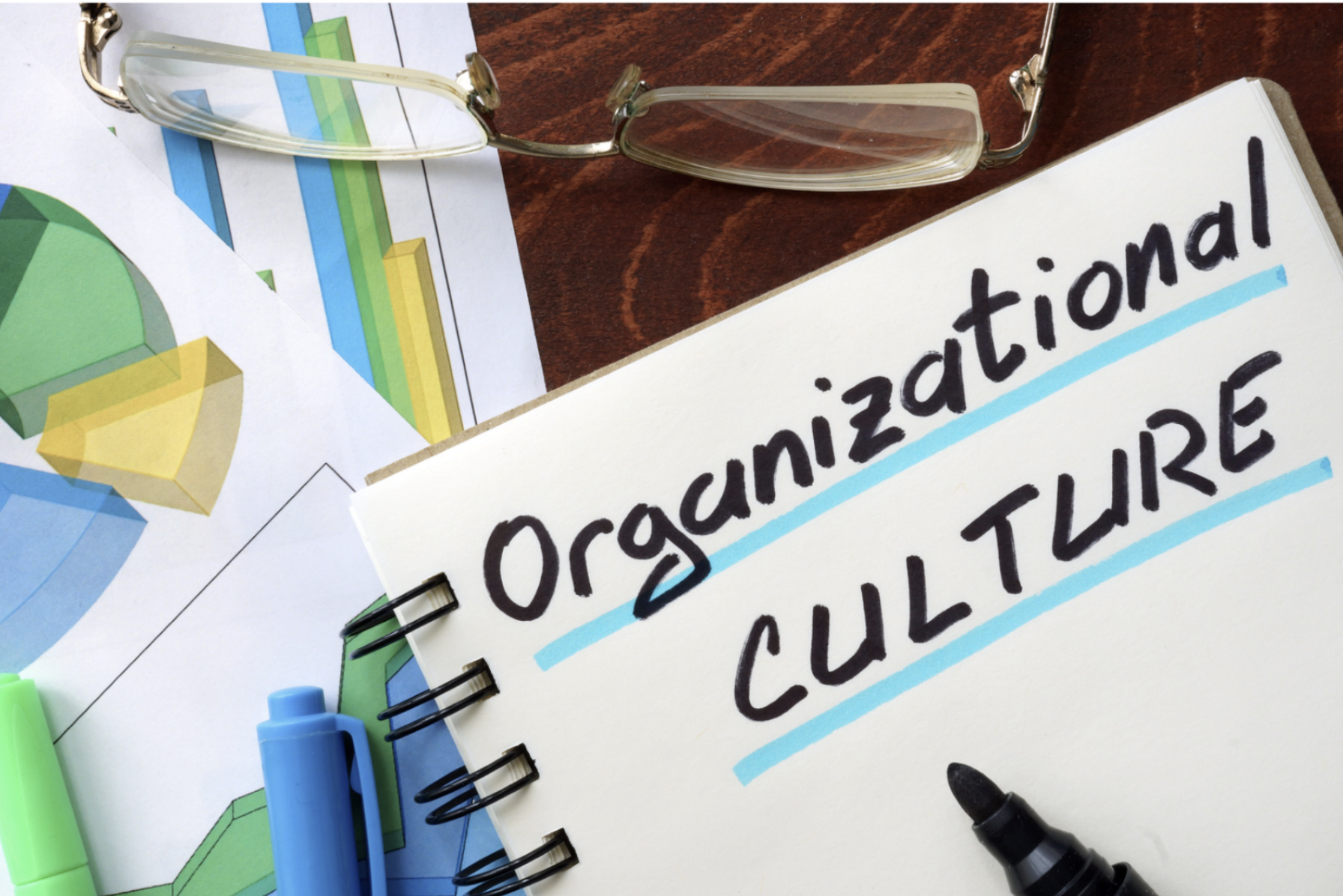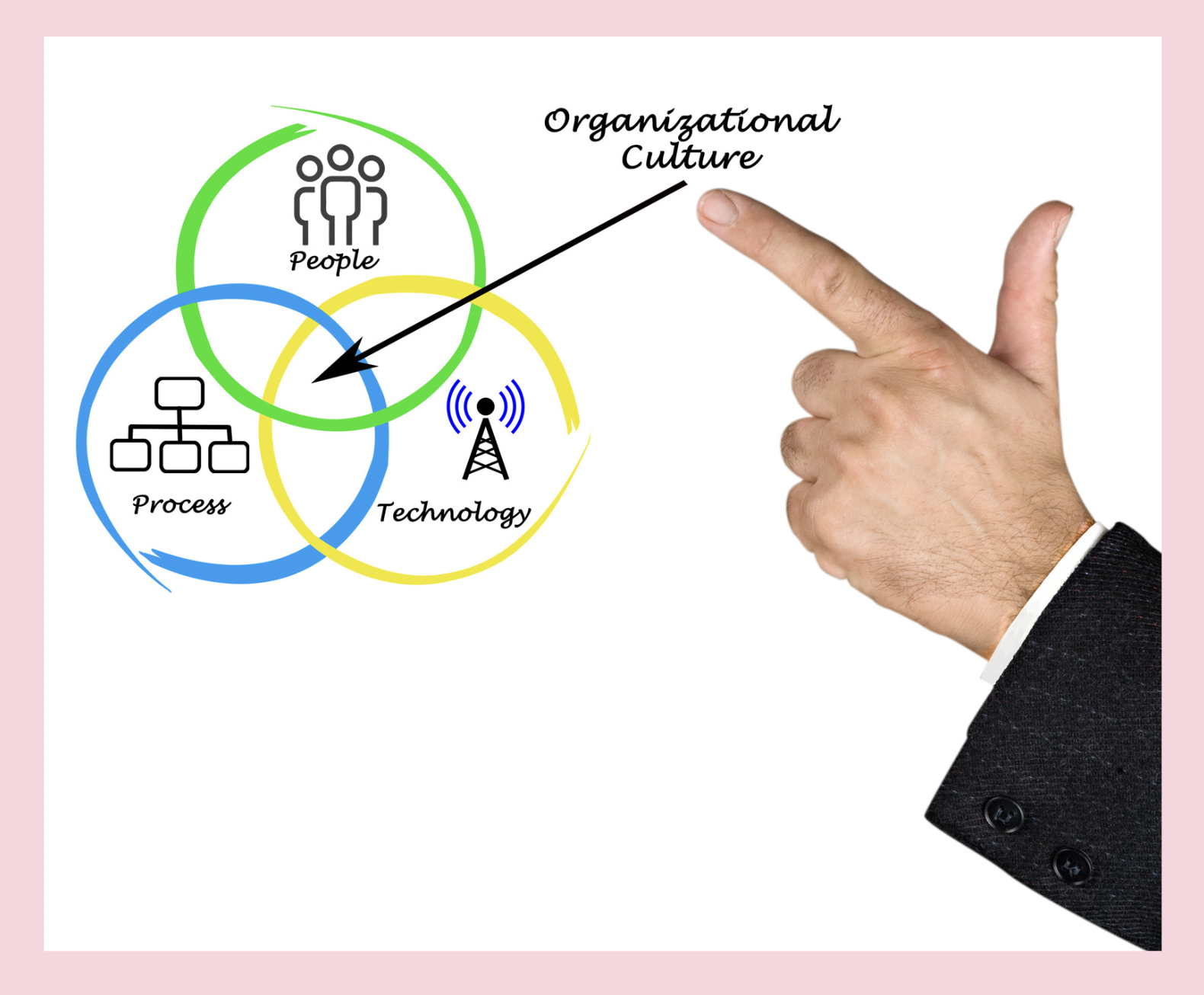Topic 2: Factors Influencing Organizational Culture

When Alexis began her work as a Council member, she did not know what to expect in terms of organizational culture. In her previous role as an academic advisor in a nursing school, there was a clear emphasis on staff development, with numerous workshops to attend every week. The school also stressed team building, as it held many events allowing staff, faculty, and students to mingle academically and socially. Alexis wondered…what will the DD Council emphasize that reflects its organizational culture?

Elements reflecting organization culture
| Leadership | What is the personality, attitude, and style of those in leadership? | |
| Workspace | What is the set-up of offices? Are doors open? Are there collaboration spaces? | |
| Hiring Practices | What procedures are in place to hire new people? What values and concerns underpin those practices? | |
| Communication | How frequent are announcements? What method is used to communicate? What is the tone of communication? | |
| Rewards and Recognition Practices | How does the organization show appreciation? Are rewards monetary, based on verbal praise, or both? | |
| Team-Building Opportunities | How does the organization foster camaraderie and trust between colleagues? How frequent are these efforts? |
Factors Shaping an Organization’s Culture
Most organizational cultures are not that different from one another. Even organizations in very different industries such as manufacturing and healthcare tend to share common cultural values, such as team orientation, concern for others, and client (or patient) satisfaction.
Within broad similarities, however, notable cultural differences may still exist. Organizations may be different from each other in the following ways:
Values
At the heart of organizations’ cultures are commonly shared values. Organizations need to decide which values they will emphasize. The DD Council emphasizes diversity, equity, & inclusion; direct community involvement and input; cultural acceptance and tolerance; and more. Another non-profit may emphasize literacy, children’s issues, and global perspectives.
Degree of Hierarchy
The degree of hierarchy has to do with how much the organization adheres to traditional channels of authority. This means (boss[es] at the top with power, managers with middle-level authority, and workers/employees at the bottom).
*high level of hierarchy* — follows a traditional pattern of authority and power
*moderate level of hierarchy* — defined structure but people still behave and function outside of the formal channels (for instance, leaders sometimes take on a ‘learning’ role if an employee is more of an expert in a certain area)
*low level of hierarchy* — job roles are loosely defined, and it is relatively common for people to challenge authority.
Degree of Urgency
The degree of urgency pertains to how quickly the organization wants or needs to drive decision-making and initiatives. An organization or company could have high, moderate, or low levels of urgency.
People Orientation or Task Orientation
An organization with a strong people orientation tends to put people first when making decisions. It believes that people drive the organization’s performance, productivity, and service. An organization with a strong task orientation tends to put tasks and processes first when making decisions. It believes that efficiency and quality drive the organization’s performance, productivity, and service.
Functional Orientation
Every organization puts an emphasis on certain functional areas. Examples of functional areas are marketing, operations, research and development, engineering, service, and accounting. A hospitality company may focus on operations or service, a retail store may focus on customer satisfaction, a car manufacturer may focus on design for safety. An organization may have one or two areas of focus.
Organizational Subcultures
Any organization can have subcultures in addition to the dominant culture. Subcultures exist among groups or individuals who may have their own rituals, beliefs, and traditions. Although these rituals, beliefs, and traditions may not be shared by the rest of the organization, they can deepen and underscore the organization’s core values. Conversely, subcultures can also cause serious problems if their values clash too much with the larger culture. (An example: the larger culture emphasizes hierarchy while the subculture emphasizes equality.)
Character: “Major League Baseball has ‘organizational culture.’ Tech companies like Apple, Facebook, and Twitter have ‘organizational culture.’ Now we know what is meant by ‘organizational culture’ Let’s check our knowledge. Click on the Lesson 2 quiz.”


